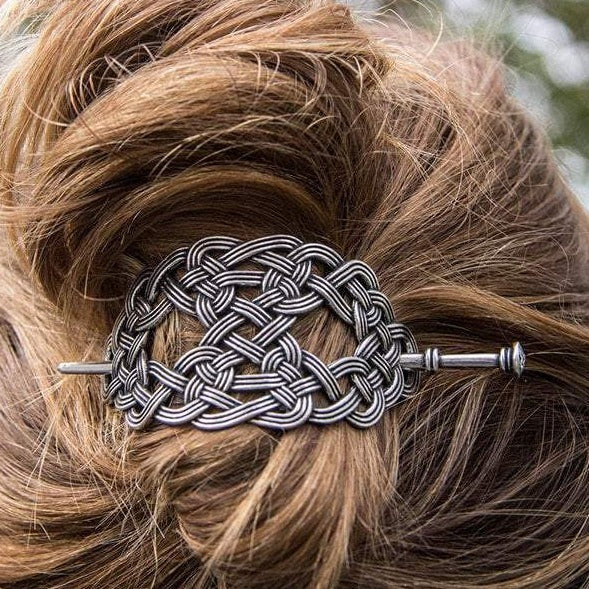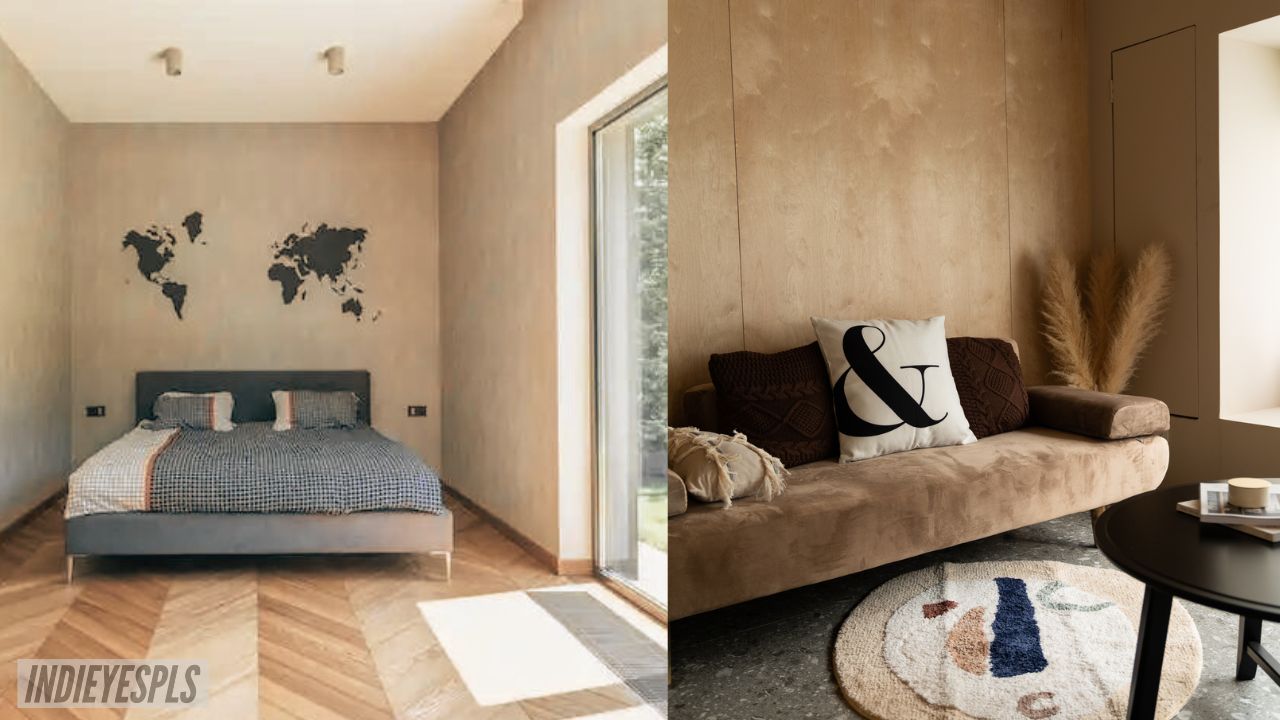The History Of The Celtic Knot Symbol

The Celtic knot is a symbol that is universally understood by all cultures: vividly representing interconnections, the Celtic knot embodies the very fabric of life.
Today, Celtic knot jewelry and home decor are some of the best ways to embrace and express the interconnectivity of life. Websites like https://www.celticcrystaldesign.com/collections/celtic-knot-jewelry let you browse whole collections of Celtic knot jewelry and accessories.

Celtic knot hair slide from celticcrystaldesign.com
Where Celtic Knots Come From
The Celtic knot is a motif that cultures all over the world can understand. Because of this, the Celtic knot was spread as a symbol from one location to another.
The Celtic knot is believed to have originated in Northern Italy and the Southern area of Gaul before reaching Ireland in the 7th century. In fact, some of the earliest examples of the Celtic knot can be found on Roman floor mosaics!
Both Ireland and Scotland incorporate Celtic knots into their cultural depictions and artwork. Because of this, Celtic knots are typically associated with Ireland despite the belief that Celtic jewelry was actually created in Scotland.
As the Celtic knot grew in popularity with various cultures and countries, it began taking on changes influenced by its surroundings. The Celtic knots found in ancient Gaul, Italy, and Ireland all have differences in style and design.

Macrame wall art via mangoandmore.nl
When Celtic Knots Originated
While historians believe the Celtic knot originated with both practical and ritual motives in mind, it is still a continuing debate amongst them and archaeologists.
There are two theories as to when the Celtic knot came to be: either prior to Christianity’s rise or during the Christianization of the Celts. Those who believe the Celtic knot precedes Christianity estimate that it was first created as far back as 500 BC.

The Celtic knot’s actual development was not documented until the Christianization of the Celts in the year 400, but it makes little sense that the Celts only started making Celtic knots at this time. However, because of this, many consider the 400s the origination of the Celtic knot.
Prior to Christianity’s spread across the British Isles, Celts are said to have primarily focused on stepped, spiral, and key pattern knotwork designs. It wasn’t until 600, after the proliferation of Christianity and the establishment of Insular Art, that Celtic knots took on a more interlaced, looped, and knotted style.
Sharing The Celtic Knot’s Story
The uncertainty surrounding when and where Celtic knots originated is likely due to the concept of oral history. Stories like the origin of the Celtic knot were passed down from generation to generation by word of mouth.
That’s right - there was much less emphasis on written records, so it’s very possible the Celts were utilizing Celtic knots much earlier than the year 400.
In fact, Celtic knots have been seen on manuscripts as early as 500 BC. Other documents showcasing the Celtic knot include the Lindisfarne and St. Teilo Gospels, both of which include capital letters that are decorated with Celtic knot motifs.
Some believe that the early Celt religion was incredibly strict, allowing Celtic knots as one of the only forms of artwork that was allowed to be produced.
Even if the history of the Celtic knot wasn’t written down, it was recorded in artwork, becoming increasingly popular after the 400s and going on to influence architecture and artwork throughout Europe and the Middle East!

Celtic Knots Today
Celtic knots, while incredibly popular with a multitude of cultures, fell out of popular favor in the 1960s after the conquest of England by William I.
For the most part, they remained unpopular until the mid-1800s.
During this time, Celtic knots became the subject of media fascination and various studies, with their popularity suddenly being revived.
Today, people from all over the world are interested in Celtic knots, appreciating this influential art form.






